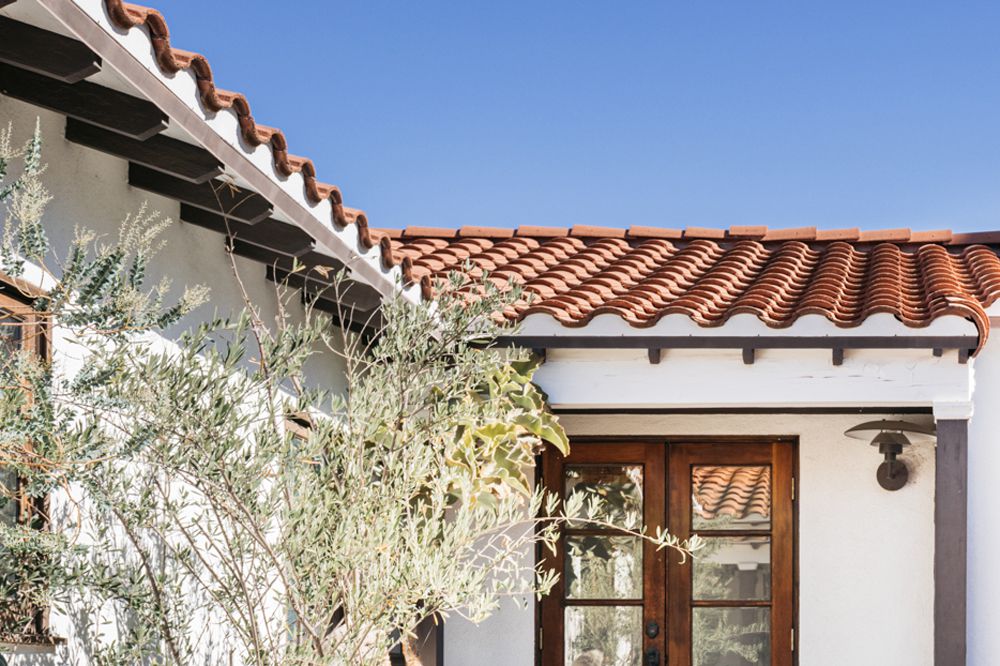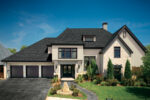Best Measures To Maintain The Residential Roofing
Maintaining the integrity of your roof is essential for a secure and pleasant home since it serves as your first line of protection against the elements.
We are here to provide you with information regarding residential roof maintenance in new york that will help you attain the best residential roofs with ease. We will reveal the most effective steps to maintain and increase the lifespan of your home roofing in this in-depth investigation.
We’ll explore a range of solutions that take into account various roofing materials, climates, and maintenance requirements. Therefore, from seasonal upkeep to proactive strategies. These precautions will give you the knowledge to prevent leaks, preserve insulation, and make sure that your shelter is sturdy. This is possible in the face of rain, snow, and sun, regardless of whether you are an experienced homeowner or new to the duties of maintaining a roof.
Discover with us how to maintain a roof that not only improves the appearance of your home but also protects its structural integrity. This guide will serve as your go-to source for all things related to roofing care. Subsequently, whether you’re trying to reduce the cost of repairs. Furthermore, this will improve the energy efficiency of your house or just want to extend the life of your roof.

Best Measures To Maintain The Residential Roofing:
Maintaining your residential roofing is essential to ensure its longevity, prevent leaks, and preserve the structural integrity of your home. Here are some of the best measures you can take to maintain your residential roofing effectively:
Regular Inspections –
Schedule regular roof inspections, at least twice a year, in the spring and fall. Look for signs of damage, such as missing or damaged shingles, cracked caulk, rusted flashing, and debris accumulation.
Keep Gutters Clean –
Clean your gutters and downspouts regularly to prevent water from pooling on your roof. Clogged gutters can lead to water backing up under the shingles, causing leaks and damage.
Trim Overhanging Branches –
Trim back any overhanging branches that can rub against the roof or drop leaves and debris onto it. This will prevent physical damage and keep your roof clear of debris.
Address Moss and Algae –
Moss and algae can retain moisture and cause shingles to deteriorate. Use a gentle cleaning solution or hire professionals to remove these growths without damaging the roof.
Replace Damaged Shingles Promptly –
If you notice any cracked, curled, or missing shingles, replace them promptly to prevent water infiltration and further damage.
Seal and Repair Flashing –
Flashing around chimneys, vents, and skylights can deteriorate over time. Ensure that flashing is sealed properly and repair or replace damaged sections to prevent leaks.
Ventilation Maintenance –
Proper attic ventilation is crucial for preventing moisture buildup that can damage your roof from the inside out. Check that your vents are clear of debris and functioning correctly.
Inspect Seals and Caulking –
Check the seals and caulking around vents, chimneys, and other roof penetrations. Replace any damaged or deteriorated seals to maintain a watertight barrier.
Maintain Insulation –
Proper insulation in your attic helps regulate temperature and prevents ice dams. Ensure that insulation is evenly distributed and not blocking vents.
Consider Professional Inspections –
Periodically hire a professional roofing contractor to conduct a thorough inspection. They can identify potential issues early and provide expert recommendations.
Address Ice Dams –
In cold climates, ice dams can form on your roof’s edges, causing water backup. Proper insulation and ventilation can help prevent ice dams from forming.
Monitor Weather Conditions –
Be vigilant during severe weather events, such as storms and heavy snowfalls. Inspect your roof afterward for any potential damage.
How Is Residential Roofing Different From Other Roofing Styles?
Residential roofing is a distinct category within the broader spectrum of roofing styles, primarily designed to meet the specific needs and aesthetics of homes. While various roofing styles exist for different types of buildings, including commercial structures, industrial facilities, and institutions. Residential roofing stands out due to its focus on both functionality and visual appeal tailored to individual homes. Here are some key ways in which residential roofing differs from other roofing styles:
Aesthetic Considerations –
Residential roofing places a strong emphasis on aesthetics to enhance the curb appeal of homes. Homeowners often have a more personal attachment to their residences and seek roofing options that complement the architectural style of their house and their personal preferences. Other roofing styles, such as those for industrial buildings, tend to prioritize functionality over aesthetics.
Variety of Materials –
Residential roofing offers a wide range of material options to accommodate diverse design preferences and budgets. Materials like asphalt shingles, metal, wood, and clay tiles are commonly used in residential roofing due to their versatility and aesthetic appeal. In contrast, other roofing styles may lean more towards utilitarian materials like metal panels or built-up roofing for their efficiency and durability.
Roof Pitch and Design –
Residential roofing often involves varying roof pitches and complex designs to match the architectural intricacies of homes. Different roof shapes, such as gable, hip, gambrel, and mansard, are frequently seen in residential roofing to create unique and charming exteriors. Other roofing styles may prioritize flat or low-slope designs for practical reasons.
Ventilation and Insulation –
Residential roofing systems are designed with considerations for attic ventilation and insulation to maintain a comfortable indoor environment and prevent issues like ice dams and moisture buildup. In contrast, other roofing styles might not require the same level of attention to attic spaces.
Scale and Size –
Residential roofing systems are typically smaller in scale compared to roofing systems for commercial or industrial buildings. The design and installation processes are tailored to fit the dimensions of individual homes.
Personalization –
Residential roofing allows homeowners to personalize their roofs with features such as dormers, skylights, chimneys, and other architectural details that reflect their unique tastes and preferences. These personalized elements contribute to the character of the home.
Community Regulations –
Residential roofing styles may need to adhere to specific neighborhood or community guidelines to maintain a cohesive aesthetic within the locality. Commercial and industrial roofing styles might have different considerations related to zoning and regulations.
Emphasis on Longevity –
While durability is important in all types of roofing, residential roofing often places a strong emphasis on longevity to protect the homeowner’s investment over time.
Concluding Remarks:
Overall, residential roofing is a specialized field that balances aesthetics, functionality, and personalization to create roofs that not only shield homes from the elements but also enhance their overall charm and value.
DSS Roofing is one of the most renowned commercial roof maintenance buffalo that has been consistently able to produce the best roofing systems.



